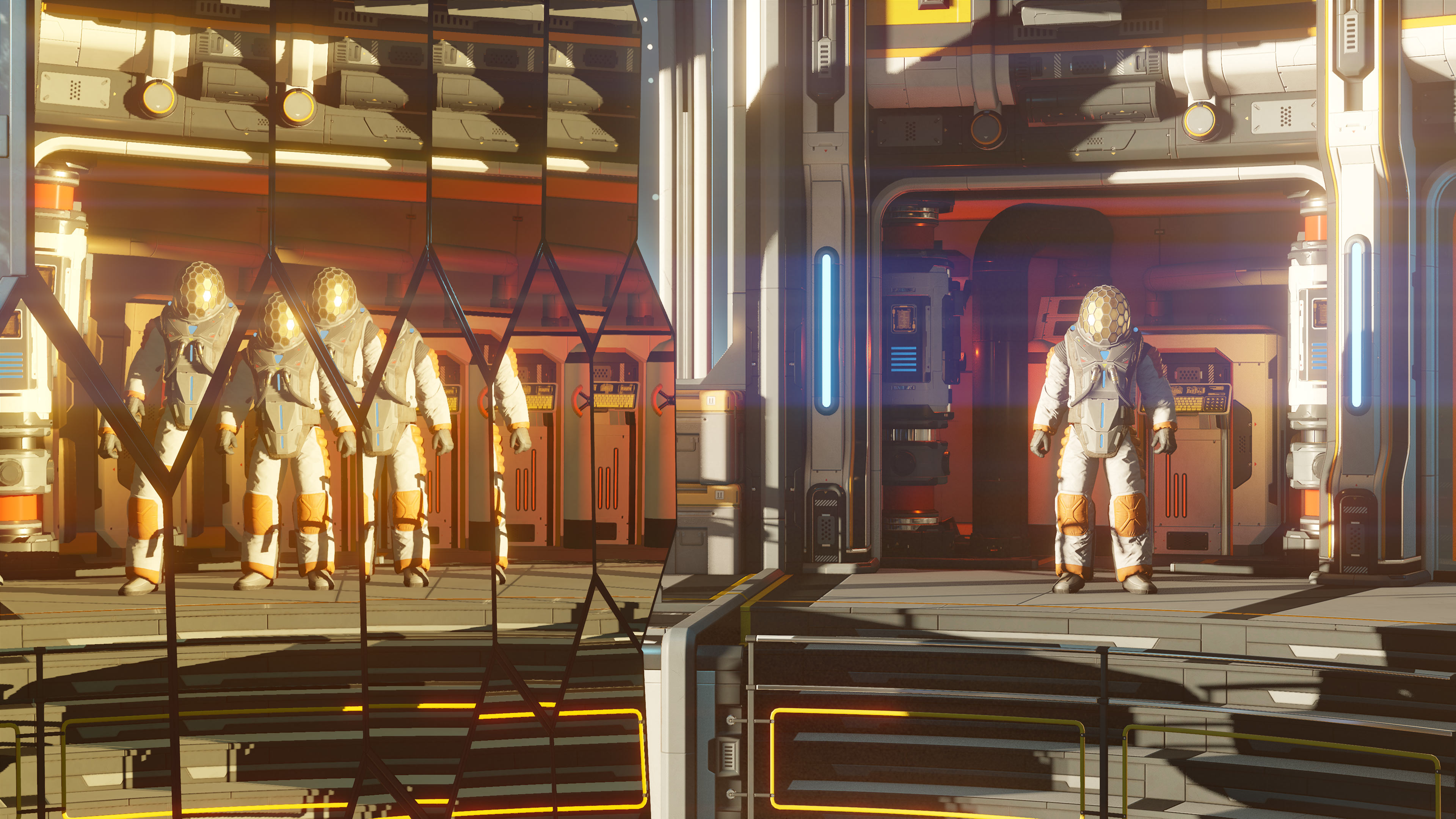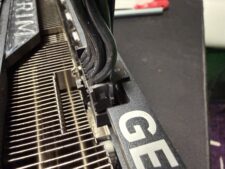UL Releases 3DMark Solar Bay for Cross-Platform Ray Tracing Comparisons
UL Solutions, the firm behind the well known 3DMark benchmarks suite, has just released 3DMark Solar Bay. This is a new cross-platform benchmark that’s designed to measure and compare ray tracing performance. At the time of writing the benchmark is available for both Windows and Android users, across a range of stores (e.g. Android Play, Windows Steam).
In a press release about Solar Bay, UL first describes the purpose and scope of ray tracing graphics technology, in case anyone has been living under a rock since the Nvidia Turing generation. It then indicates that ray tracing is quite mainstream in 2023, with dedicated GPUs in desktops and laptops having excellent ray tracing acceleration for several years, and both iGPUs and smartphones now boast some usable ray tracing frills. It thus sets the scene for why a benchmark like Solar Bay is now useful.
If you are more interested in PC ray tracing performance, and not so much cross-platform comparisons, UL reminds us that it already has “heavier ray tracing benchmarks” like Port Royal and Speed Way. That hasn’t stopped legions of 3DMark testers from running this new set of tests on their ultra-powerful RTX 4090 cards, though. Check out the 3DMark Solar Bay leaderboards on the official site.

3DMark Solar Bay passes the tested device through three stages, ramping up ray tracing workloads by 100%. The Vulkan 1.1 API built benchmark is said to take typical ‘bursty’ mobile games as its inspiration. At the end of the tests, users will be presented with four scores: an overall score, and a score for each ray traced section. Over a 20 minute test run, users can see how well their device performs, and by the end of the test see if there has been any thermal throttling — a phenomena that most often adversely affects SFF, laptop and mobile form factors.
If you are interested in giving Solar Bay a run on your PC, and you are already a 3DMark for Windows owner, you are in luck as it should become available to download within the app. If not, you can purchase the software directly from UL Solutions, or via Steam or the Epic Games Store. Android users can just download this benchmark for free via Google Play. We don’t know if this benchmark will be released for Mac or iOS users (like 3DMark Wild Life is, for example), though that seems likely.
Some Example Scores
The 3DMark Solar Bay benchmark is only just out, but you may be wondering about how the best graphics cards for PCs perform, and how much faster they are compared to iGPUs and smartphones. Luckily, there is already a leaderboard to explore and search for scores. For example, the top ranked overall score today is 228,491 by LunerK9 using a GeForce RTX 4090.
Yay, 3DMark Solar Bay – works even on my old gaming laptop with GeForce GTX 1070 mobile and the software-based ray tracing drivers. 40-69 fps. 🙂 Not too shabby, eh? 😉 In comparison: My work laptop with GeForce RTX 4070 mobile: 140-152 fps. pic.twitter.com/eYQrbzVsYRAugust 14, 2023
Product Manager of 3DMark at UL Futuremark, Christian Klass, also shared his results on Twitter/X. As you can see, his modest GTX 1070 desktop card scored 14,380. The best score we could see today for an AMD Radeon was 155,445, for an RX 7900 XTX owned by Andybuc/Schwarzbacke. Meanwhile, the most recent Nvidia Ada Lovelace GPU, the GeForce RTX 4060, could only muster a score of around 50,000, at best.
What about smartphone and integrated graphics users? We couldn’t find any smartphones listed in the official rankings, sadly. But an AMD Ryzen 7 7800X3D using the 2 CU integrated graphics turned in a result of 3,210. That GPU should still beat the one in the Samsung Exynos 2200, if you’re wondering, thanks to its higher clocks. AMD’s latest Radeon 780M (integrated into the Ryzen 9 7940HS) meanwhile chalked up a best current result of 13,148, while for reference the Intel Arc A380 has a single result of 10,008.













